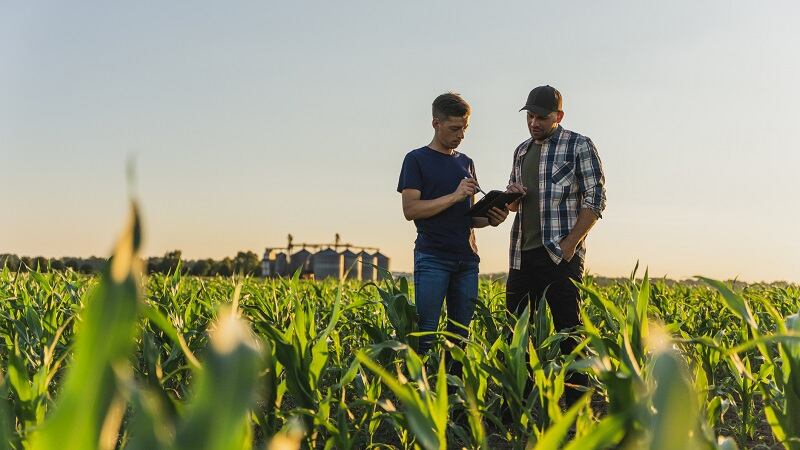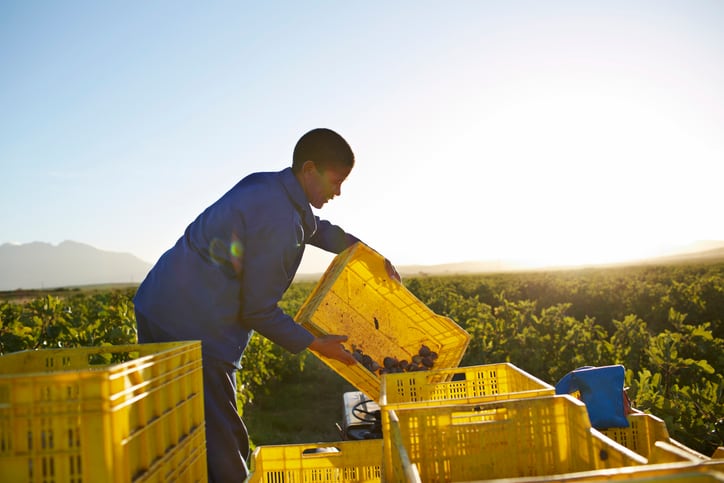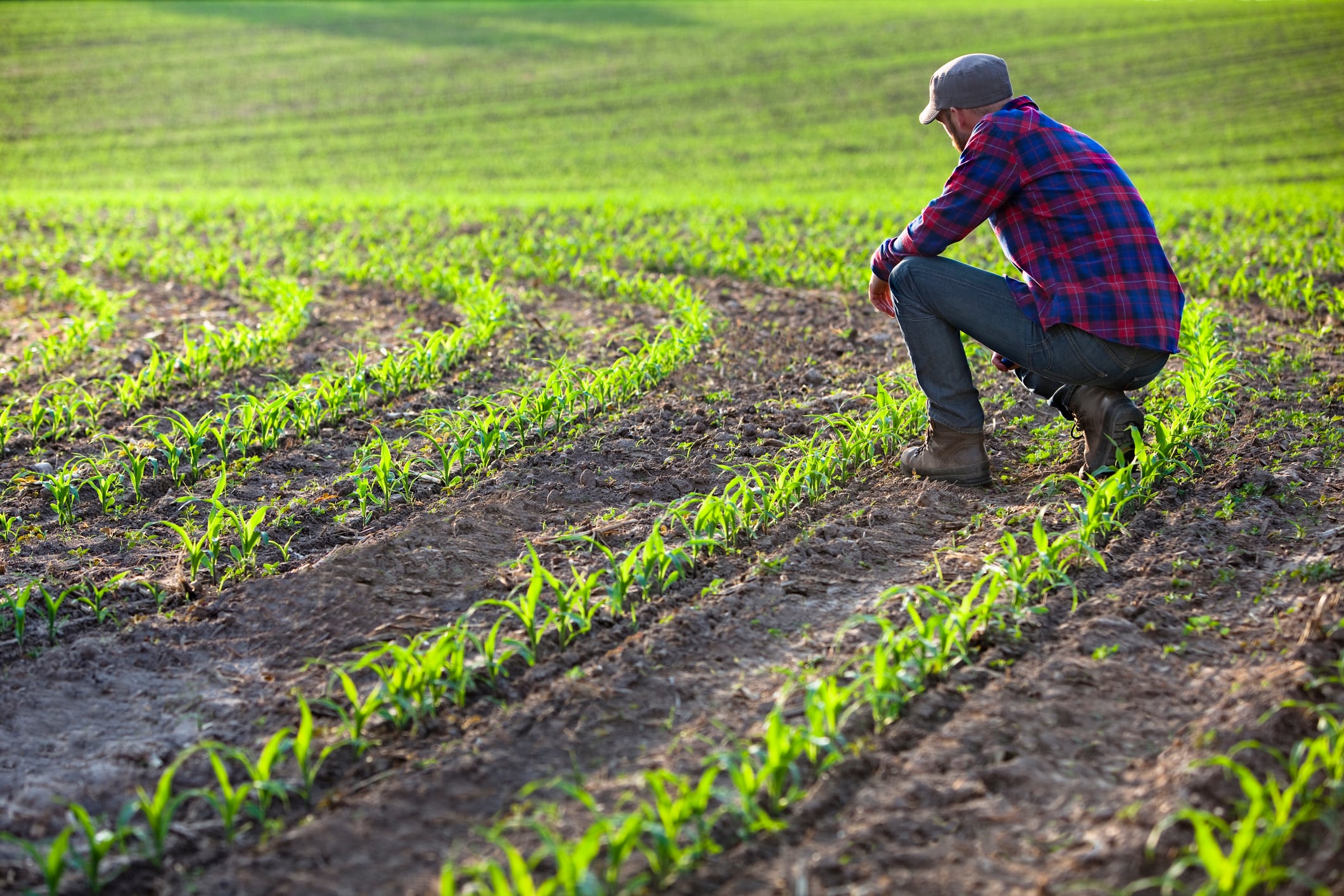Ingredient supplier ADM successfully scaled its re:generations pilot program far faster than expected – surpassing its 2025 goal a year early – in part by defining regenerative agriculture in practical terms and meticulously testing on-the-ground practices to improve soil health, biodiversity and natural resources while also creating new market opportunities for farmers.
In 2024, ADM partnered with more than 28,000 growers who converted or worked more than 5 million acres globally using regenerative practices – a goal the company originally set for 2025.
This is a far cry from the “few hundred farmers” the company worked with between 2012 and 2021 when it was on “a fact-finding mission” and initially piloting different regenerative agriculture techniques, said Paul Scheetz, director of Climate Smart Ag Origination at ADM.
He explained that after working out kinks, including agreeing on a specific but flexible definition for regenerative agriculture, the company determined at the end of 2021 it was ready to scale from a pilot to a full-blown program, and set an ambitious goal of cultivating 5 million of regenerative agriculture acres by 2025.
That kind of exponential growth “takes a lot of infrastructure to build out. It takes a lot of storytelling. It takes a lot of trust within the supply chain for farmers to ultimately partner with us in a different way,” Scheetz said.
But, he added, it is worth it because regenerative agriculture is key to ADM’s long-term success.
He explained the initiative is important to ADM because its “most valuable asset that we don’t own directly, but which is very important to our business, is the land on which the farmers ultimately grow the crops that we purchase and process and turn into food, fuel, feed or fiber.”
He added: “Regenerative agriculture is, at its simplest, investing in that specific land and that asset,” and helping to improve the soil health and other environmental impacts so that farmers can continue to do what they have always done.
“It is a coordinated effort between us and our downstream customers and farmers working together to ultimately invest in that land that ultimately is used to support our business and our downstream customers’ business as well,” he said.
Everyone needs a seat at the table for regenerative agriculture to thrive
One way ADM fostered trust was to ensure stakeholders from across the value chain – from farmers and processors to suppliers and CPG manufacturers – all had a seat at the table and understood why the others were there, what they needed and what they could offer in return.
“There was a pretty big learning curve,” Scheetz said. But, he added, one of the biggest lessons was learning to meet farmers where they are.
“At the end of the end of the day, the farmer is the one who is making the heaviest lift and taking biggest risk, whether that is a productivity or a cost concern. So, being able to provide consistent dollars and to help offset that productivity or cost concern is really, really critical,” he said.
ADM was able to guarantee orders for regeneratively farmed crops by working closely with stakeholders at the other end of the value chain, such as PepsiCo, which is the largest single funder of acres in ADM’s re:generations program. The two launched a collaboration in 2022, after working together on pilot projects since 2017, to spread the adoption of regenerative agriculture across 2 million acres in the US by 2030. By the end of 2024, the team had converted 675,000 acres for regeneratively grown corn, wheat and soy.
One way the duo adopted to farmers’ needs was to offer a per bushel incentive in addition to the existing cover crop practice payment for corn, according to ADM.
Other high-profile partners include Campbell’s, General Mills, Grupo Bimbo, The JM Smucker Co, Mars, Nestle and Ooni.
Strategies to overcome lingering challenges
Despite the gains made by ADM and its partners across the supply chain, Scheetz acknowledged there are some lingering challenges, including a need for more research, standardization and innovation.
Within research, the biggest sticking point is around the soil’s ability to store carbon, said Scheetz. Other areas include the impact of other practices to reduce emissions and whether there is a correlation between soil health and nutritional density, he added.
As for standardization, he said, industry needed to improve modeling, advance rulemaking and tighten key definitions.
Finally, he said, “innovation is always needed.”
He explained: “If you look at the farm level over the last four years, there is a reason why we’ve been able to almost cut our fertilizer efficiency in half and reduce our no till by 100 million acres. It’s machinery, it’s technology, it’s products. Continued innovation is what ultimately is needed in the next 40 years as well to continue on this pathway of continuous improvement.”




